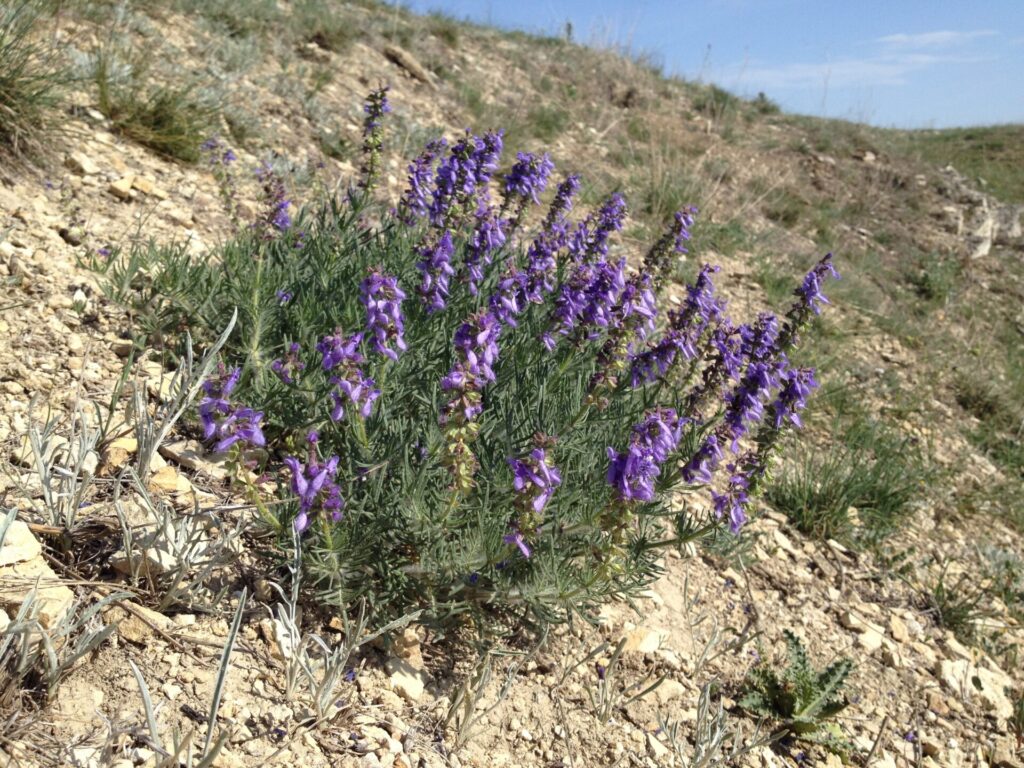Aka Mentha spp.
Mint species (Mentha spp.) are very hardy perennials that are simple to identify not just because of their fresh and spicy scent but because all members of the mint genus have opposite leaves and square stems. Long stems grow upward, flop over, and roots will form where the stems touch the soil enabling the mint plant to spread quite aggressively. Its small white or purple summer-blooming flowers attract bees, butterflies, and other pollinators. Mint plants grow quickly and should be planted in the spring after the threat of frost has passed. Mint is toxic to animals if it is ingested. They are hardy in USDA zones 3 to 11.
The most common types grown include peppermint (make sure to get ‘true’ peppermint), chocolate mint, spearmint, corsican mint (miniature ground cover), watermint, applemint, pineapple mint, wild mint, Cuban or mojito mint, margarita mint. There are hundreds more varieties and some are quite flavour specific (orange, lavender, ginger, etc).
Notes:
a) Pennyroyal is a type of mint, but it is toxic and should not be consumed.
b) Wintergreen has mint scented leaves but is a completely different plant. It is an evergreen ground cover and is not normally consumed due to strong bitterness.






